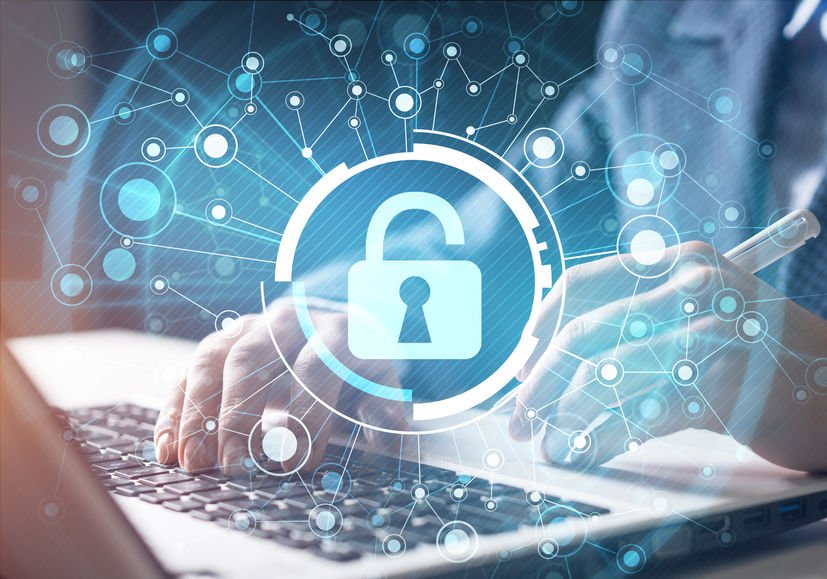Innovative Approaches to Strengthening Cybersecurity Measures
- By -Mash
- Posted on
- Posted in Security Technology
As cyber threats evolve and become more sophisticated, organizations must adopt innovative approaches to enhance their cybersecurity measures. Traditional security practices alone are no longer sufficient to protect against advanced attacks. Embracing new technologies, methodologies, and strategies can significantly improve an organization’s ability to defend against cyber threats. This article explores some of the most innovative approaches to strengthening cybersecurity.

Embracing Artificial Intelligence and Machine Learning
1. AI-Driven Threat Detection
Artificial Intelligence (AI) and Machine Learning (ML) are transforming cybersecurity by improving threat detection and response. AI-driven systems analyze vast amounts of data to identify patterns and anomalies that may indicate potential threats. By leveraging advanced algorithms, these systems can detect and respond to threats in real-time, significantly reducing the time it takes to identify and mitigate attacks.
2. Automated Incident Response
Machine Learning models can automate incident response by executing predefined actions in response to detected threats. For instance, if an anomaly is detected, AI systems can automatically isolate affected systems, block malicious traffic, and apply security patches. This automation accelerates the response process and reduces the burden on IT teams.
Implementing Zero Trust Architecture
1. Principle of Least Privilege
Zero Trust Architecture (ZTA) operates on the principle of “never trust, always verify.” It assumes that threats could be both external and internal and requires continuous verification of users and devices. By enforcing the principle of least privilege, organizations limit access to only those resources necessary for users to perform their roles, minimizing potential attack surfaces.
2. Micro-Segmentation
Micro-segmentation involves dividing the network into smaller, isolated segments to enhance security. In a Zero Trust model, each segment is treated as its own security zone, with strict access controls and monitoring. This segmentation reduces the impact of a potential breach by containing threats within specific segments and preventing lateral movement across the network.
Leveraging Advanced Encryption Techniques
1. End-to-End Encryption
End-to-End Encryption (E2EE) ensures that data is encrypted at the sender’s end and only decrypted at the recipient’s end, preventing unauthorized access during transmission. Implementing E2EE in communications and data storage helps protect sensitive information from interception and tampering.
2. Quantum-Resistant Encryption
As quantum computing advances, traditional encryption methods may become vulnerable to quantum attacks. Quantum-resistant encryption algorithms are designed to withstand the computational power of quantum computers. Adopting these advanced encryption techniques ensures that data remains secure in the face of emerging quantum threats.
Enhancing Security with Behavioral Analytics
1. User and Entity Behavior Analytics (UEBA)
User and Entity Behavior Analytics (UEBA) involves monitoring and analyzing user and system behaviors to detect deviations from normal patterns. By establishing baselines for typical activities, UEBA systems can identify unusual behavior that may indicate a potential security incident. This approach helps in detecting insider threats and compromised accounts.
2. Threat Intelligence Integration
Integrating threat intelligence into security operations provides valuable context about emerging threats and vulnerabilities. Threat intelligence platforms collect and analyze data from various sources to provide actionable insights. By incorporating this information into security tools and processes, organizations can stay ahead of evolving threats and enhance their defensive capabilities.
Utilizing Blockchain Technology for Security
1. Immutable Logs
Blockchain technology offers a decentralized and immutable ledger, which can be used to create tamper-proof logs of security events and transactions. By recording security-related activities on a blockchain, organizations can ensure data integrity and provide a verifiable audit trail for forensic analysis.
2. Decentralized Authentication
Blockchain can also be used for decentralized authentication and identity management. Instead of relying on a central authority, blockchain-based authentication systems use distributed ledgers to verify identities and manage access. This approach reduces the risk of single points of failure and enhances overall security.
Adopting Advanced Threat Hunting Techniques
1. Proactive Threat Hunting
Proactive threat hunting involves actively searching for signs of potential threats and vulnerabilities within the network, rather than waiting for automated alerts. Skilled threat hunters use advanced tools and techniques to identify and investigate suspicious activities, uncover hidden threats, and strengthen security defenses.
2. Threat Simulation and Red Teaming
Threat simulation and red teaming involve conducting simulated attacks to assess the effectiveness of security measures. Red teams simulate adversarial tactics, techniques, and procedures (TTPs) to test an organization’s defenses. By identifying weaknesses and gaps, organizations can improve their incident response and overall security posture.
Fostering a Security-First Culture
1. Security Awareness Training
Regular security awareness training is crucial for educating employees about potential threats and safe practices. Training programs should cover topics such as phishing, password management, and safe browsing habits. Empowering employees with knowledge helps reduce the risk of human error and strengthens the organization’s security.
2. Security Governance and Policies
Establishing comprehensive security governance and policies ensures that security measures are consistently applied across the organization. Develop clear guidelines for access controls, data protection, and incident response. Regularly review and update these policies to reflect emerging threats and changes in the cybersecurity landscape.
Conclusion
Innovative approaches to strengthening cybersecurity are essential for defending against increasingly sophisticated cyber threats. By leveraging AI and ML, implementing Zero Trust Architecture, adopting advanced encryption techniques, and embracing blockchain technology, organizations can enhance their security posture. Additionally, proactive threat hunting, security awareness training, and robust governance policies play a crucial role in maintaining a resilient cybersecurity framework. As the threat landscape continues to evolve, staying informed and adapting to new technologies and methodologies will be key to protecting sensitive information and ensuring organizational security.



